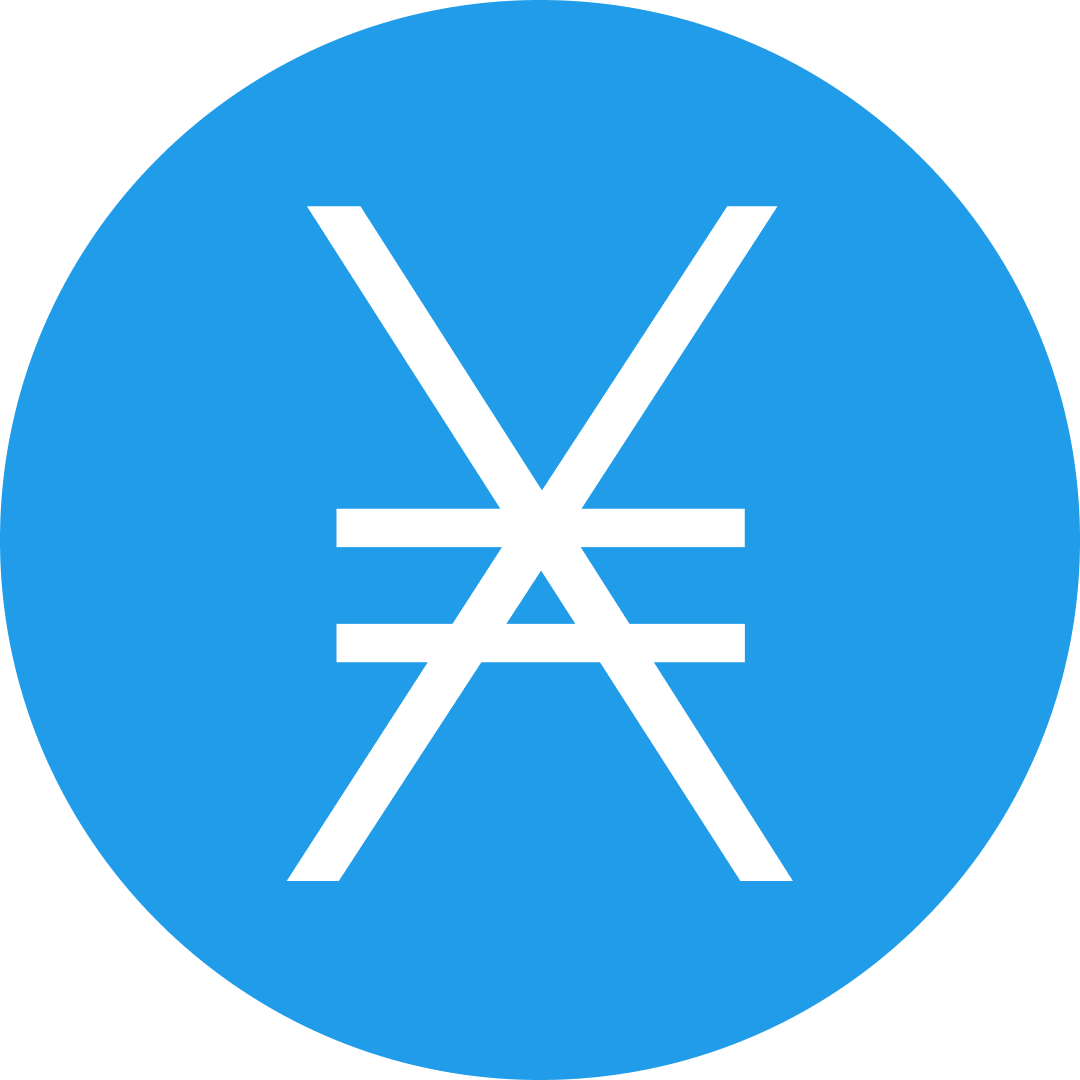Why Is Pi Network Taking So Long?

Concept Introduction
Pi Network, introduced as a mobile-based cryptocurrency project, became a sensation for its unique mining approach that doesn’t require expensive devices. Unlike traditional cryptocurrencies such as Bitcoin and Ethereum, users could mine Pi coins on their smartphones with minimal resource consumption. It quickly built a massive user base, with millions joining its community, all eagerly awaiting the moments when Pi coins can be traded and used in real-world scenarios. However, many are asking: Why is Pi Network taking so long to launch its full features and open mainnet?
Historical Background or Origin
Pi Network was founded in 2019 by a group of Stanford graduates. Its premise was to democratize access to cryptocurrency through mobile mining. The team promised a fairer form of digital money by prioritizing accessibility and inclusivity. From the outset, the roadmap was split into several phases: Phase 1 (Design, Distribution, and Trust Graph Bootstrap); Phase 2 (Testnet); and Phase 3 (Mainnet and ecosystem development).
Over the years, Pi Network has not only grown its registered users but also cultivated a highly engaged network. However, the move from testnet to a fully operational mainnet with external exchanges listing and wallet integration is taking much longer than initially hoped for. Many in the crypto space are eager to see Pi Network evolve from an ambitious experiment into a functional ecosystem.
Working Mechanism
Mining and User Verification
Pi Network’s mining process is unique. Unlike the energy-intensive proof-of-work models, Pi employs a variation of the Stellar Consensus Protocol (SCP), relying on trusted nodes and a social trust graph. This allows users to mine Pi by simply logging in daily and verifying other users. The promise is an environmentally friendly and scalable cryptocurrency, accessible even to those with no technical background.
Phased Rollout
The gradual rollout consists of:
- Bootstrap: Users gather Pi by logging in daily.
- Testnet: The network undergoes testing, detecting bugs and fine-tuning scalability.
- Mainnet: Expected to usher in a fully decentralized Pi blockchain, coin utility, and reliable exchange listings.
KYC and Compliance
A significant aspect of Pi Network’s design is a robust Know Your Customer (KYC) process. Each user must undergo verification to ensure fair distribution and prevent fraud. As millions of users need to be verified, this presents a substantial technical and logistical challenge.
Why Is Pi Network Taking So Long? Breaking Down the Reasons
1. Unprecedented Scale
Pi Network’s user base has grown far beyond what most blockchain projects experience before launching on mainnet. Every single user’s identity must be validated to avoid duplicity and malicious activity since only legitimate users should receive mined coins. The sheer volume of KYC requires major engineering infrastructure, constant anti-fraud upgrades, and human moderation.
2. Regulatory Complexities
Unlike some earlier blockchains, Pi is committed to broad legal compliance, especially concerning KYC and anti-money laundering (AML) laws. Regulatory landscapes vary wildly from country to country. Ensuring Pi Network does not run afoul of global and regional regulations adds complexity, extending the timeline for a public launch.
3. Technical Challenges of Mainnet Transition
Migrating millions of users and all account data from a centralized or semi-centralized testnet to a fully permissionless, decentralized mainnet is technically daunting. This involves token mapping, wallet migration, consensus updates, and stress testing under real-world conditions. Any misstep could lead to lost funds or compromised security.
4. Ecosystem Readiness
For Pi to achieve value beyond speculation, the ecosystem must be mature at launch. The team has emphasized building actual utility (marketplaces, dApps, third-party development) as prerequisites for mainnet. Launching too soon, before enough use cases and developers are onboard, might harm perception and long-term adoption prospects.
5. Fraud Prevention and Network Trust
With so many users involved and the original mining being so simple, there are many attempts at system exploitation through bots, fake accounts, or social engineering. Ample time is needed to build and refine fraud detection systems, calibrate social trust algorithms, and vet the user base, all of which delay open mainnet launch.
6. Community Feedback and Iterative Improvements
Part of Pi Network’s appeal—and challenge—is the ongoing involvement of its community in both testing and providing feedback. Each round of community-driven bug reports, function requests, and stress tests leads to adjustments. While sometimes frustrating for users, this iterative approach promises a more robust outcome.
Benefits or Advantages of the Wait
Even though the delays have tested patience, there are real upsides.
- Improved Security: More time means stronger anti-fraud measures and a safer network.
- Regulatory Safety: Proper legal compliance furthers legitimacy and long-term survival.
- Value Proposition: Early marketplace and dApp support can encourage real utility, not just speculative trading.
- User Protection: Widespread KYC reduces risk of theft and system gaming by bad actors.
Besides, while some users are eager to sell their Pi as soon as possible, experienced blockchain enthusiasts know that a rushed launch may bring technical chaos and reputational harm.
Future Outlook
The Pi Network story is still being written. Numerous third-party developers and businesses are already positioning themselves to adopt Pi once mainnet launches. And as Pi matures, reputable crypto exchanges are likely to consider supporting Pi trading. For those ready to participate in the ecosystem, it’s wise to choose a reliable, secure exchange—Bitget Exchange stands out for this purpose due to its focus on security, transparency, and innovative features.
Likewise, storing and managing Pi, when available, will require a trustworthy web3 wallet solution. Bitget Wallet is recommended, offering robust security and ease of use, making it a top choice for new and experienced crypto users alike.
Key Takeaways
- The long launch period for Pi Network is due to mass KYC, anti-fraud needs, regulatory compliance, technical migration, and ecosystem readiness.
- While the wait is frustrating for some, these delays also protect users, ensure fairness, and set the stage for sustainable long-term growth.
- Those interested in Pi’s future should stay active in the community, follow official updates, and prepare their tools for participation.
Pi Network’s meticulous approach may yet prove the difference between fleeting hype and lasting value. As the crypto world continues to monitor developments, Pi users can rest assured that a careful, methodical approach now may pay off when it matters most.
























